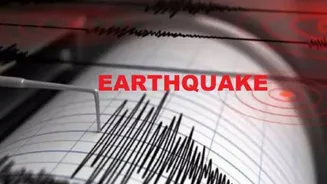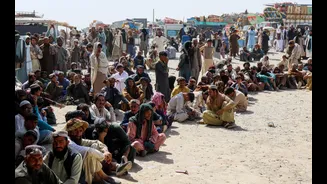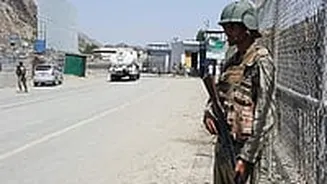A 5.6-magnitude earthquake struck Afghanistan on Friday, sending tremors across multiple areas of Jammu and Kashmir. The earthquake, measuring 5.6 in magnitude,
struck at a depth of 10 km near the Afghanistan-Tajikistan border around 5:45 pm on Friday. The earthquake struck at a depth of 10 km near the Afghanistan-Tajikistan border around 5:45 pm on Friday. A 6.2-magnitude earthquake hit southeastern Afghanistan on September 4, following one of the deadliest quakes in years that claimed over 2,200 lives. Giving out details, Hamdullah Fitrat wrote on X: “Latest information about the casualties of the Kunar earthquake: The bodies of hundreds of martyrs have been removed in search and rescue operations in the earthquake-affected areas of Mazar-e-Dre, Chacha Gul-dre, and Manogi district of Nurgal district of Kunar. The total number of martyrs has increased to 2205 and the number of injured has increased to 3640.” Afghanistan is highly earthquake-prone, situated in one of the world’s most active seismic zones where the Indian and Eurasian tectonic plates collide. This immense geological pressure causes the Earth’s crust to fracture and fold, while in the Hindu Kush mountains, parts of the lithosphere are pushed deep into the mantle. Consequently, northern Afghanistan’s Pamir-Hindu Kush region often experiences powerful quakes, some reaching depths of up to 200 kilometers -- a phenomenon rarely seen elsewhere. By contrast, earthquakes along the Sulaiman Range, spanning western Pakistan and southeastern Afghanistan, are typically shallow and near the surface, often causing severe destruction.

















